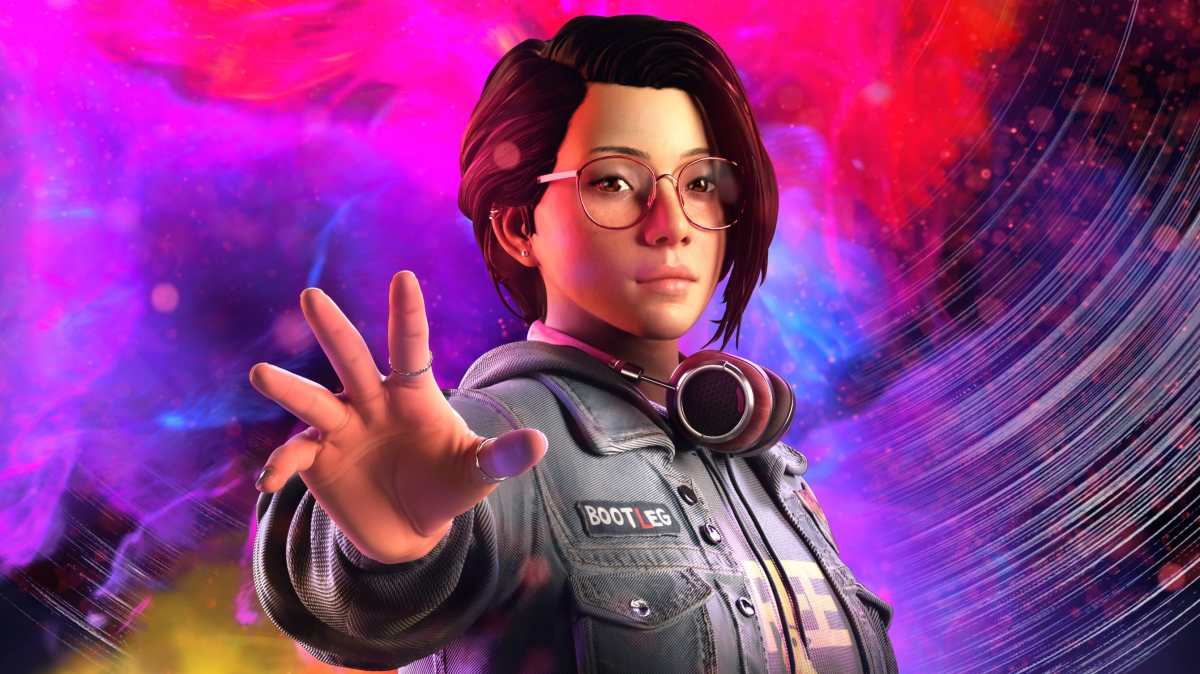They say the most powerful sentence in the Bible is two words: Jesus wept. Here are my two-sentence descriptions for Life is Strange: True Colors: People connect. Light blooms. Feelings matter. Choice matters.
In True Colors, protagonist Alex Chen is released from foster care to live with her brother Gabe in Haven Springs, Colorado. At first, she settles in well – but then tragedy strikes, and Alex has to use her ability to read and absorb the emotions of others to solve the mystery of her brother’s death. Along the way, she makes friends, solves problems for residents of Haven Springs, falls in love, and occasionally stops to appreciate ‘zen moments’ when the music soars, and the camera pans over the stunning vistas of rural America.
The look of Haven Springs is ‘right’. There’s a mystery here, and people whose problems we can solve. The soundtrack, the colour scheme, all feel familiar. The nostalgia hits the second I hear the menu music – ‘Haven’, by Novo Amor, the moniker of Welsh musician Ali John Meredith-Lacey.
Like Jonathan Morali’s ‘Golden Hour‘ from the menu of the first title in the series, Life is Strange (2015), the acoustic, melancholy tones are overlaid with sounds from the natural world. As the credits roll, I put the controller down and let the music play, like I always do, waiting for the post-game summary to pop up and remind me of my choices.

Developed by Deck Nine and published by Square Enix in 2021, True Colors is the sixth Life is Strange title, a series created by Dontnod Entertainment. It obediently follows the format the series established in 2015: a newcomer with a complicated relationship to a small town has a mysterious power; they use it to solve a mystery; they solve other people’s problems on the way.
There is a close relationship at the heart of the narrative; there is a final, major choice that re-orients the character’s actions from existing as something that is done to the town, to something that reflects on the character themself. So, the player’s choices matter. It’s tagged this way on Steam, too, along with ‘story rich’ and ‘female protagonist.’
As the Life is Strange universe expands to new American small towns, populated with new introspective young adults and new dark secrets, a microgenre is emerging, and these are the tenets. The series offers a broadly non-combative narrative adventure with an inclusive and only lightly supernatural cast. It worked for the widely beloved first title, whose first chapter is currently available for free on every platform, with a
But as developers capitalise on the success of the first title, its narrative innovation is increasingly obscured by the generic design of later iterations, which can be reduced to Steam tags: Female Protagonist. Choice Matters.
But do they? Is ‘choice’ what these games have to offer?
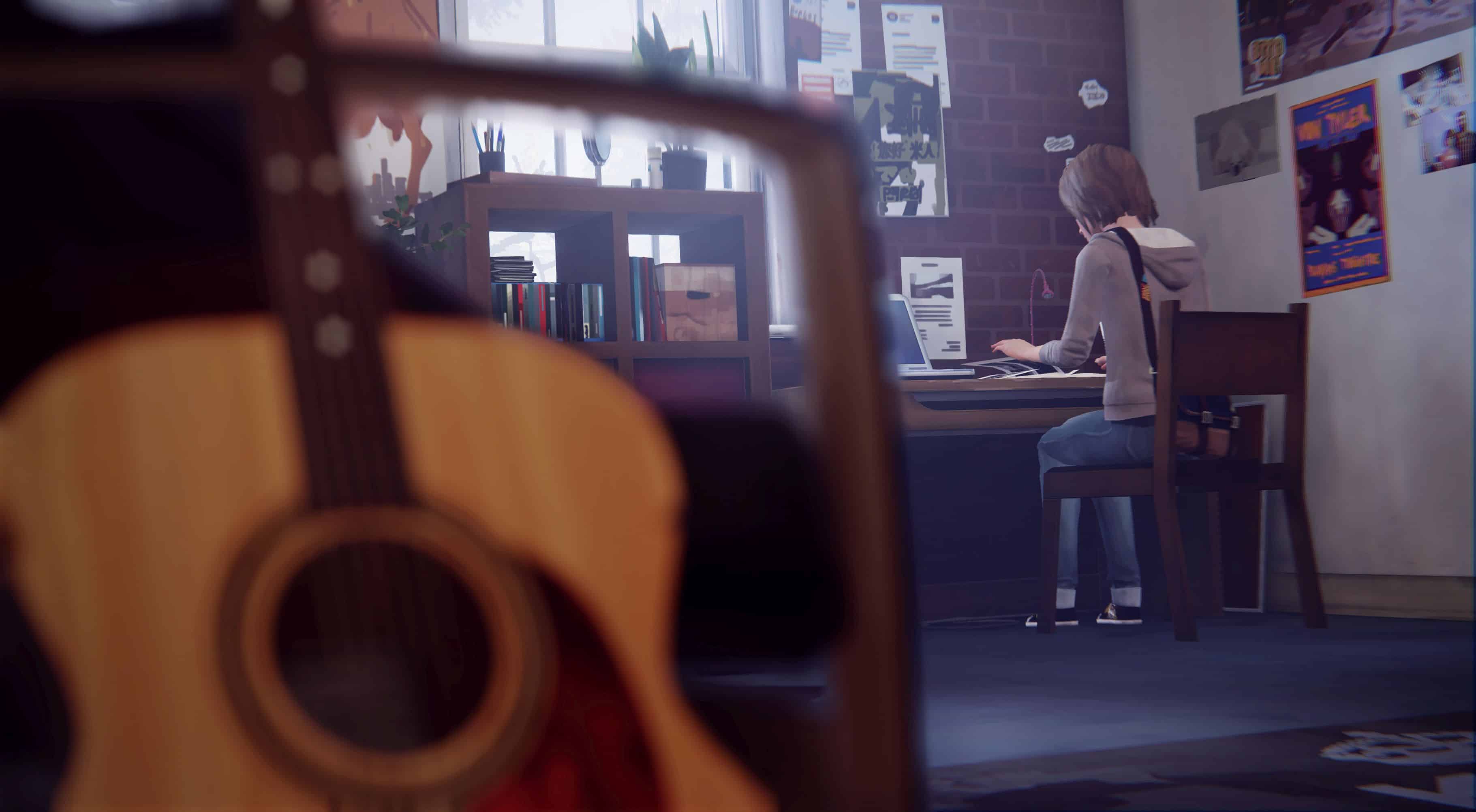
Half a decade of narrative adventure
When the first chapter of Life is Strange (2015) was released, the episodic narrative adventure had significant cultural cache. Telltale Games’ The Walking Dead (2012) was releasing episodes to massive audiences, who were immersed in the high stakes world of the zombie apocalypse, offering life-or-death choices, the ability to forge and break alliances, and quicktime events that tested your reflexes against the oncoming horde.
Protagonist Lee Everett’s decisions were high stakes, and irreversible, continuing to affect the game’s narrative. The catchcry of the series became the on-screen prompt that appeared when an action would have further consequences: ‘[character’s name] will remember that.’
To this growing audience, Dontnod offered something a little different: Life is Strange transposes the choice-based structure from a war zone, into a quiet town.
You play as quiet teenager Max Caulfield, who returns to her childhood home of Arcadia Bay, and witnesses the fatal shooting of her childhood friend Chloe Price. In that instant, Max discovers she has the ability to control time; she ‘rewinds,’ averting disaster. In the following weeks, Chloe and Max use this ability to investigate the disappearance of fellow student Rachel Amber as the world around them responds to the dimensional shift Max’s powers cause.

The hallmarks of an emerging genre are clear, despite the divergent subject matter: the player navigates a narrative-driven game through a series of choices with limited options.
These choices are morally motivated by their relationship to a non-player character to whom they are deeply connected (Chloe for Max, Clementine for Lee). Life is Strange even borrowed its post-chapter summary screen from The Walking Dead, allowing players time to reflect on their decisions.
But Life is Strange did more than simply offer a wholesome counterpart to the fast-paced branching narratives of Telltale Games.
Many decisions didn’t matter; Max can water her plants, take photos, or spend time with the groundskeeper. These decisions anchor a player emotionally in the world of the game, but they don’t have an impact on the narrative outcome. The game’s relationship to player choice has a depth and dimension that later games in the series have elided completely.
Choice doesn’t matter
Life is Strange complicates the player’s relationship to meaningful choice from the outset by defanging the core mechanic of the narrative-adventure genre that Telltale had popularised. With the introduction of time-warping powers, Max’s choices felt anything but urgent. Through her, the player could make and remake a decision countless times, watching the outcomes, gaining new information, and then simply rewinding until they made the decision they felt was best. This behaviour isn’t just possible; it’s necessary.
In one tense scene that might have played out as a quicktime event in a Telltale game, Chloe’s leg gets stuck between the train tracks as a freight train approaches. But in Life is Strange, this scene is pensive and relaxed – Max can rewind time as often as it takes to discover how to free Chloe before the train comes.
Chloe’s panicked screams barely seemed to register after the fifth or sixth rewind, as I tested which wire to cut in the signal box. This mechanic mimics a behaviour usually discouraged in narrative games: save scumming, the act of rapidly loading save states until the outcome is ‘perfect.’
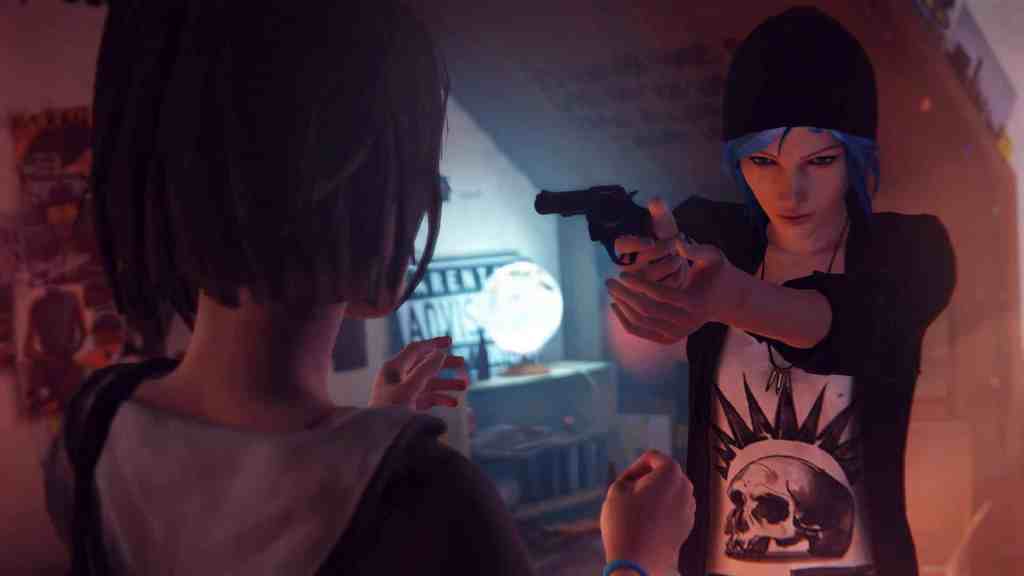
Like a narrative adventure player, Max uses her powers to rewind every decision, ingratiating herself to people by seeming to pre-empt their needs, offer information, and solve problems.
She’s essentially save-scumming her life, leaning on her powers as an emotional crutch. Unlike the adrenaline of a Telltale game player, a Life is Strange player is given the sense they (and Max) are perfectly in control.
In the same way that save scumming can disrupt a player’s emotional engagement with a game, Max comes to realise that her obsession with doing the right thing is ineffective and alienating. As she uses her power to try to give everyone what they want, she realises she isn’t engaging in her relationships with emotional honesty. Further to this, she pushes her ability to the limit, rewinding years to rectify what she perceives as the wrongs of the past – and these transgressions against time have devastating, unforeseeable effects.
Rather than encouraging the player to weigh carefully the merits of each decision, the narrative doubles back on itself to show that life is not a series of choices – it’s a matrix of interdependent events that can’t be controlled, foreseen, or perfectly managed.
In this way, Life is Strange offers a radical counter-narrative to the proposal that ‘choice matters’ is a gameplay mechanic. Rather than challenging the player to succeed by beating a quicktime event, or by strategising around the whims of surrounding NPCs, the game persistently makes the point that in life, choice doesn’t totally matter.
The conversation about Life is Strange tends to focus on the series’ aesthetic qualities: its inclusivity (female protagonist!) and worldbuilding (story rich), but what is lost in these discussions is the game’s innovation within the narrative adventure framework.
Life is Strange capitalises on player expectation in order to provide an experience that is genuinely surprising; like Max, the player is tempted to optimise their decisions, and they learn alongside Max that it’s just not possible.
It’s a radical piece of narrative design that refigures the entire concept of choice-based play – a legacy that is wholly ignored by each consecutive title.
Life is generic
Fast forward (no pun intended) to 2021, five Life is Strange games later. As a genre piece, True Colors is a success; it delivers to the player exactly what a Life is Strange fan might hope for. Light blooms. Feelings matter. But analysed on grounds beyond aesthetics, it begins to fall apart.
The clearest example of this is Alex’s power – a hallmark of the burgeoning Life is Strange microgenre. While initially, her relationship with her empathy seems complex – she can read a room in a second, but that information can also be overwhelming – her struggles with her powers have wholly resolved within the first chapter. Rather than acting as a metaphor for a maladaptive coping strategy that she has to work through, or expressing a vulnerability in her character, her “radical empathy” is quickly reduced to a useful tool for detection.
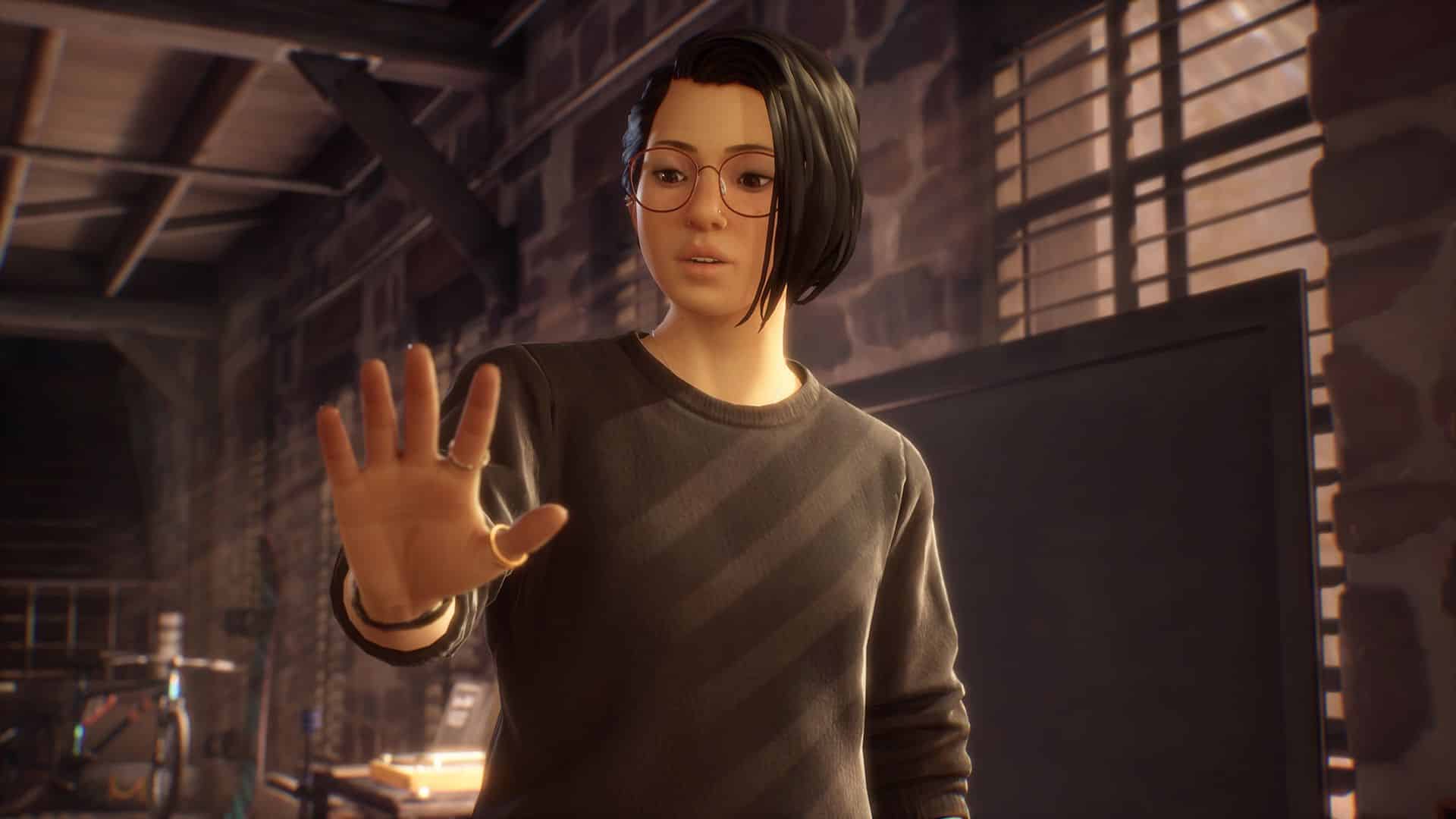
As a gameplay mechanic, it’s so unevenly applied it may as well have been replaced with dialogue.
In one night, Alex is overwhelmed by years-old emotions just from seeing a photo, but fails to identify that a man she is talking to is planning to murder her. Her relationship to her ability doesn’t change, nor does her perspective on it, and by the end of the game, there’s no mention of whether it has resolved, or whether she even retains the skill.
This unevenness applies to Alex’s characterisation as a whole. Her apparently defining trait is emotional lability, and she has complex trauma surrounding abandonment, but I only know this because it’s stated outright. She’s usually calm; she enters into romantic relationships with ease. After a brief mourning period, the trauma of her brother’s death barely seems to register, except as a pretext for investigating the oh-so-spooky mining company, Typhon.
Compare this to its ancestor: At the narrative’s conclusion, Max’s power has dissipated, because the metaphor is complete: she has accepted that sometimes bad things will happen, both to her and to the people she loves, that she can’t always change that, and she has chosen to participate in the world anyway.
Max’s power plays a role in the game’s narrative fabric: it tells you something about her relationship with the world, and her changing relationship with her power tells you something about her. By contrast, without the context of the previous games, the design decisions made in True Colors would be genuinely baffling.
True Colors’ design flaws aren’t isolated to this title; Before the Storm also shoe-horns in a superpower that barely makes a ripple in the narrative. In Tell Me Why, the intense trauma of the characters’ backstories has so little bearing on their emotional lives and behaviour that it’s almost laughable, and Tyler and Alyson’s ability to communicate psychically and share their memories is completely pointless in a game where they are almost always alone together.
Read: Gamifying grief: learning how to say goodbye through video games
This repetitive design isn’t always a damning flaw; Life is Strange 2 offers a viscerally affecting experience, even while its narrative design is almost identical to the first game. As an individual game, it’s beautiful. Within the broader context, it still demonstrates that the series has ceased to play a role in complicating and expanding the conceptual frameworks that underpin narrative adventure.
Imagining another timeline
As a piece of narrative design, True Colors relies on the assumption that Life is Strange players will be motivated by familiarity: they will want to explore the small town; they will want a protagonist with superpower and a motivating relationship to another character. The impetus comes from familiarity, not from the strength of its design.
That’s not to say the game isn’t enjoyable: who wouldn’t enjoy a small town mystery set to Angus and Julia Stone?
But Life is Strange showed that games in domestic settings can offer more than just an inoffensive, charming experience; they can break new ground, pushing the boundaries of genre conventions and challenging player expectations.
The original Life is Strange broke ground in its exploration of a domestic story with real emotional depth, with a design that thoughtfully reflected the emotional complexity of the narrative.
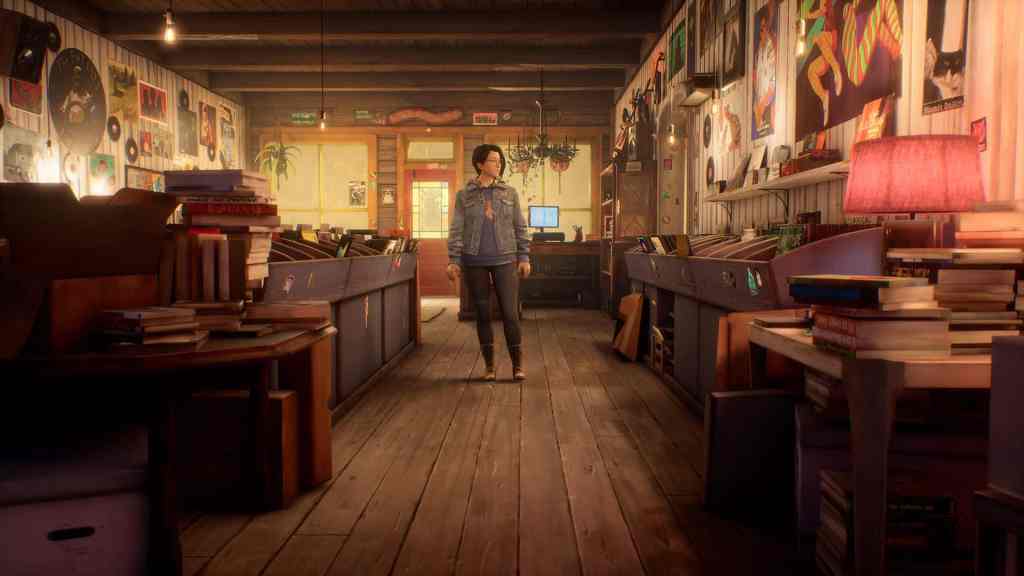
The subsequent reduction of this game, and its audience, to a set of aesthetics and marketable traits – wholesome, inclusive, story rich, female protagonist – belies the complexity possible in domestic narratives.
Ultimately, the effect is dismissive: there is something offensive to me about presenting a foster care survivor with ‘empathy powers’ whose trauma is apparent on paper alone, and never in her actions. The cookie-cutter approach to narrative design doesn’t work for me, and I don’t want to make binary choices that matter in ‘story rich’ stories about ‘female protagonists’. Audiences deserve domestic narratives that are complex, metaphorical and groundbreaking.
This work is beautifully done in other independent games like What Remains of Edith Finch, Gone Home, and Mutazione. But to have a series with such a fanbase, with such a publisher, completely absent itself from continuing the work of making interesting, complex spaces for domestic stories, is such a loss.
I feel a pang with every new Life is Strange title for the world that might have been, where designers saw the success of the first game and understood there was an audience for complex, metaphorical stories about young people learning to navigate the world, rather than seeing a set of generic traits that can be replicated to maintain an audience.
As it is, the series seems likely to persist as a set of games that mostly trade in familiarity, rather than championing thoughtful narrative approaches to subtle stories that are too-often overlooked.
With the release of True Colors, the genrefication of Life is Strange feels so complete that it makes the first game seem more boring retrospectively; the impact of its innovative narrative design is lost under half a decade of indie soundtracks and evergreens.
